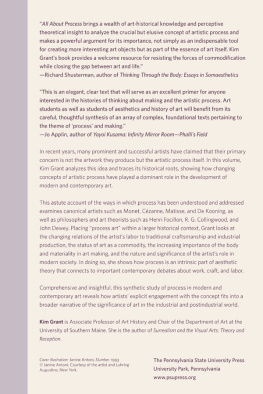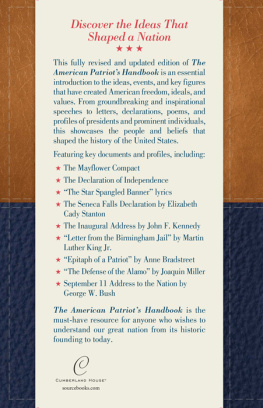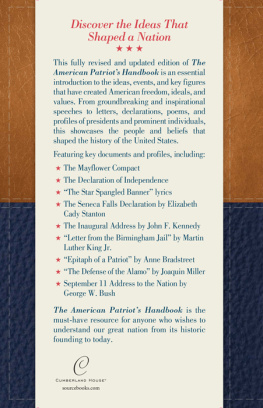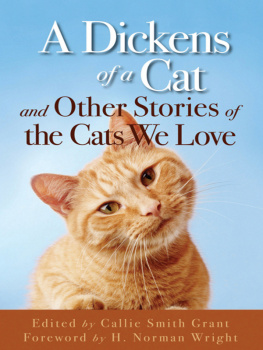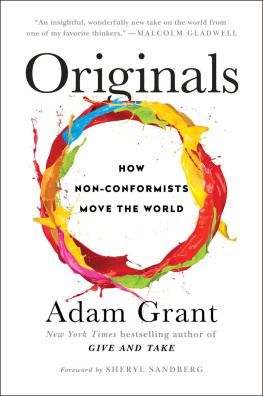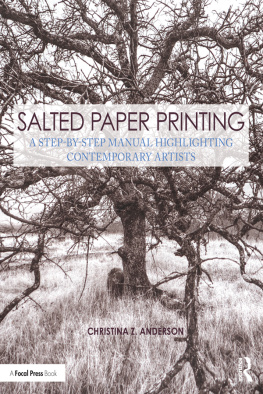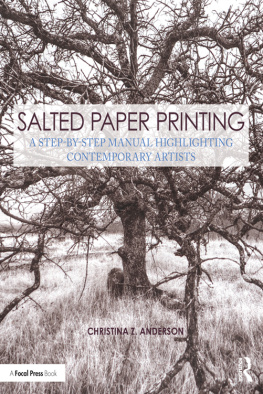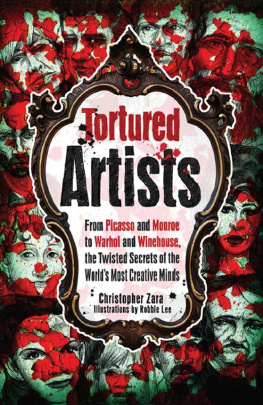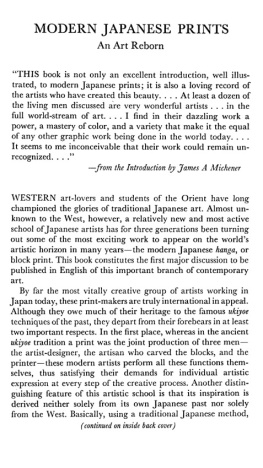All About Process
All About Process

The Theory and Discourse of Modern Artistic Labor
Kim Grant
The Pennsylvania State University Press
University Park, Pennsylvania
Library of Congress Cataloging-in-Publication Data
Names: Grant, Kim, 1962, author.
Title: All about process : the theory and discourse of modern artistic labor / Kim Grant.
Description: University Park, Pennsylvania : The Pennsylvania State University Press, [2017] | Includes bibliographical references and index.
Summary: A study of the concept of artistic process in the Western tradition of the visual arts. Focuses on modern and contemporary art and analyzes the development of process as a discourse that increasingly locates the primary value of art in the artists creative laborProvided by publisher.
Identifiers: LCCN 2016042616 | ISBN 9780271077444 (cloth : alk. paper)
Subjects: LCSH: Creation (Literary, artistic, etc.) | Art, Modern.
Classification: LCC NX160 .G73 2017 | DDC 701/.15dc23
LC record available at https://lccn.loc.gov/2016042616
Copyright 2017 The Pennsylvania State University
All rights reserved
Printed in the United States of America
Published by
The Pennsylvania State University Press,
University Park, PA 168021003
The Pennsylvania State University Press
is a member of the
Association of American University Presses.
It is the policy of The Pennsylvania State University Press to
use acid-free paper. Publications on uncoated stock satisfy
the minimum requirements of American National Standard
for Information SciencesPermanence of Paper for
Printed Library Material, ansi z39.481992.
For Charles
Nothing is finally understood until its reference to process has been made evident.
Alfred North Whitehead
CONTENTS
I really did believe that process would set you free.... A signature style is about how it happened, not what is made. I think of myself as an orchestrator of experience.
Chuck Close
Process invites risk, uncertainty, vision, unpredictability, concentration and blind devotion.
Carolee Schneemann
The elevation of artistic process over product has become a, perhaps the, central clich of artists statements in recent decades. Like most clichs it has a basis in truth; many contemporary artists employ processes that preclude or eliminate the production of durable objects. The ubiquity of the clich, however, suggests that artists devotion to process is far more meaningful than a simple descriptive statement. The fact that so many artists consider themselves to be primarily engaged with process, albeit understood in varied ways, reflects widely shared assumptions about the meaning and purpose of art and the work of the artist. The embrace of artistic process is a value claim, and it is the purpose of this book to explore the history and significance of process as term of value. How and why have so many artists embraced process as the most significant aspect of their activity? How was artistic process perceived and valued in earlier periods of Western art? How has the creation of art objects been theorized and evaluated in comparison to the production of craft and industrial objects? What general social and cultural attitudes have contributed to the elevation of artistic process? This study is intended to provide answers to these questions and others in its careful examination of the meaning of artistic process.
When artists state that for them it is all about the process, they are saying many different things. At the simplest level it is a declaration that they are dedicated and attentive to their creative labors. This is probably the most common use of the phrase, and one that stresses artists commitment to their own work rather than external goals. It is the doing of the work rather than the outcome that is the most important thing for such artists. A common corollary to this attitude is a desire and intention to create work that is not predetermined; the artwork is a natural outgrowth of the artists working process. If that were all there were to the concept of process in contemporary art discourse, it would be simple to paraphrase it as follows: artists like to work at making art, and the art they make reflects their attention to the way they work. Accepting this paraphrase, however, fails to acknowledge the extent to which artists have taken refuge, so to speak, in the concept of process. It has become a strategy artists use to preserve their integrity in the face of a seemingly endless onslaught of theoretical interpretations and critical positions. Rather than assuming the position of an intellectual theorist, many artists prefer simply to assert the fundamental motivation of their work as located within the making of the work itself.
It sounds simple, but it is not so straightforward. Militating against a nave return to uncomplicated making is a high degree of consciousness, which may not affect every individual artist but certainly colors the art world perception and understanding of artistic process. Artists statements consistently show that process is a considered approach; it can even be the point and purpose of contemporary artworks, as demonstrated by Jason the secular to the spiritual. The artists process takes its place in the interlocking processes that make up the world, a microcosm of activity in time.
The extreme malleability of the concept of process in relation to art poses certain difficulties for analysis. Limiting the concept to the literal physical processes employed by artists reduces it to a narrow consideration of technical concerns, while the concepts potential for virtually infinite expansion threatens to render it too broad for meaningful discussion. In order to understand the appeal of process as a key concept for contemporary art, it is necessary to take a wide view of its significance in terms of both its present and historical usages and implications. In this study the concept of process is understood and examined in several different ways specifically relevant to visual art. Of primary concern are the ways the artists working processes have been conceptualized and valued in the Western tradition, particularly during the modern period. This topic is connected with much broader issues raised by labor in general, especially the relationship of manual work to both intellectual and mechanical labor. Integrally related to conceptions of the artists working process are also conceptions of the artists identity as an individual engaged in work processes. Understood in this way, the artists identity becomes a model for conceiving the physical, psychological, social, and philosophical significance of labor, often specifically manual labor. Considering artistic working processes also leads to examination of those who engage in artistic processes but are not necessarily considered artists, such as craftspeople, students, and amateurs, and the effects such engagements have on both the definition of art and artists, and the social role of art making.
Accompanying the recent prominence of artistic process is a corresponding decline of the artists product as an object of independent aesthetic interest. This places concern for artistic process in counterpoint to formalist approaches derived from Kantian concepts of beauty and disinterested evaluation, and it challenges the commodity status of artworks. As far back as ancient Greece the art objects status as a commodity contributed to the low social status of the artist-craftsperson. In accordance with a widespread cultural suspicion of industrial production and commodification in the modern era, artists increasingly stressed the distinctions between artistic and nonartistic processes of production in ways that elevated the significance of the resulting artworks. The artist became a very special type of maker, engaged in important human processes. The art objects produced were increasingly valued as signs of the artists distinctive processes of making rather than independently valuable commodities. Considering art in terms of process is thus to trace a history of the strategies used to define the value of art outside the scales of value usually employed for other luxury commodities. In broad terms, the artists process becomes the site for a distinctly human, nonutilitarian, purposeful activity of immense value in itself. Its products are mere traces and remains of that physical and mental activity; they are in themselves of little to no value to their creator. In this way the artist is freed, at least theoretically, from directly engaging in commodity production.

